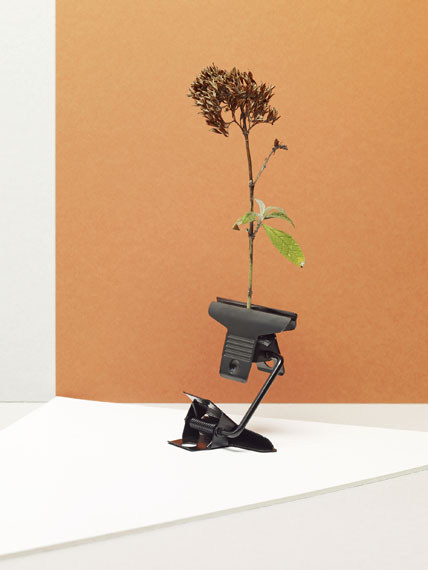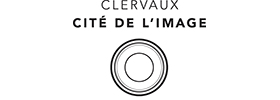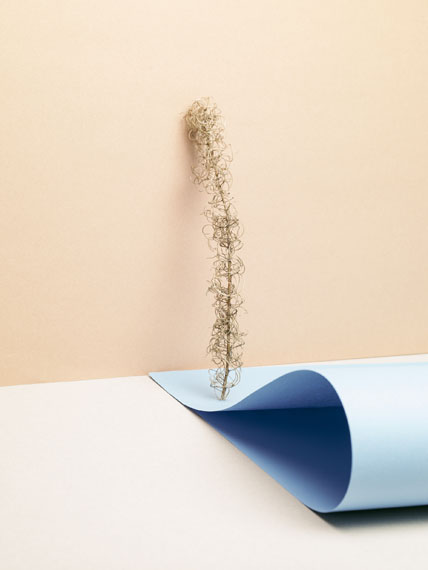
Anne Müchler & Nico Schmitz »
FIELDWORKS
Saison 2016-2017: PICTURALITÉ & GRAPHISME
Exhibition: 18 May 2016 – 17 May 2017
Clervaux – cité de l’image
Clervaux

CLERVAUX - CITÉ DE L'IMAGE
11, Grand-Rue
9710 Clervaux
+352-27 800 283

Anne Müchler & Nico Schmitz
"FIELDWORKS"
Exhibition: 18 May, 2016 – 17 May, 2017
In the work of Anne Müchler and Nico Schmitz, while the transition from "Fieldworks" to "Colour field" appears entirely unprompted, the photographs nevertheless have more of a connection to a concrete environment rather than gravitating to a pure and context-free colour experience.<
br>
A useful hint is the literal translation of the work's title, which focuses the attention back to nature, an open terrain or an empty field. The fieldwork of the two photographers was conducted in Dortmund-Hörde's Phoenix Park. This former industrial area is undergoing a renaturation process: previously closed-off areas used for economic purposes are now freely accessible in parts and are being enjoyed for "local recreation". An example of how a man-made cultural landscape can be newly defined, not just visually but also functionally. Once upon a time, industry defined the area not as a landscape but as a territory for resources. There are still traces from its earliest times, yet the industrial wasteland remains an artificial construction. It is no longer what it used to be, just as it is nowhere near what it is meant to be.
This state of uncertainty is reflected in the photographic studies conducted by Anne Müchler and Nico Schmitz. Their structure is attributed to graphical clarity and minimalist colouring. In addition, some images feature a balance of in each case an organic and an industrial element. And yet there is confusion between appearance and reality: between modern still life and the concept of abstract landscape. The landscape is implied by the paper and cardboard colour fields. They are reminiscent of fields, stretches of land and paths, characterised by the filigree threads of the linear perspective. The geometrical principle underlying the images appears natural, by contrast the organic, shapeless subjects seem unreal. They form a dissonance within the otherwise harmonious compositional unit. In the studio, the heterogeneous sculpture made of paper and real findings faces the photographic medium, which succeeds in a reconciliation on a two-dimensional level. (A. Meyer, English translation by C. Weyland)
�

